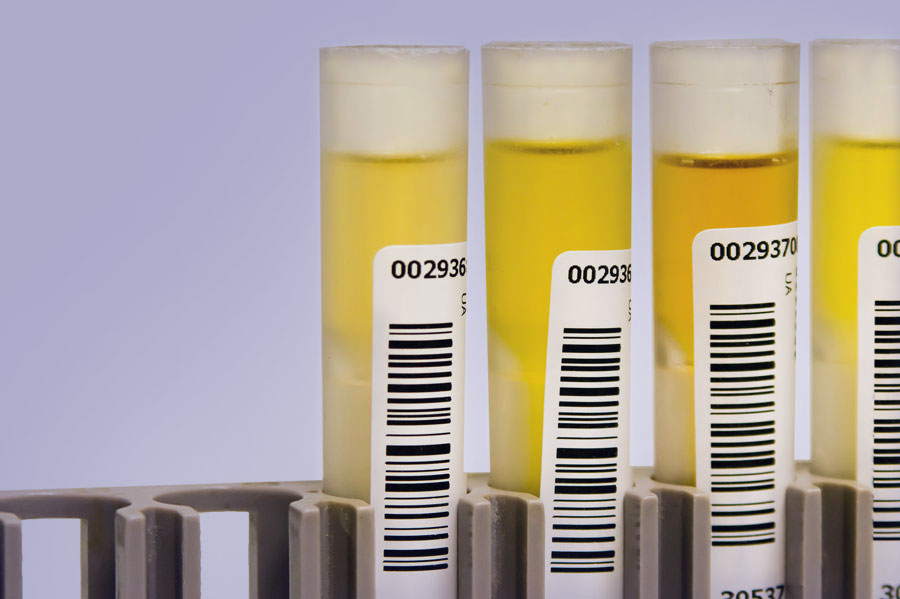A new study published by Quest Diagnostics reported an increase in the workforce drug test positivity rate for the first time in ten years, fueled primarily by marijuana and amphetamines. The Quest Drug Testing Index (DTI) released on September 11, 2014 also showed a large increase in positive marijuana test results in Colorado and Washington, where “recreational” marijuana now is permitted.
The DTI involved the analysis of de-identified results from urine, oral fluid and hair drug tests performed by Quest Diagnostics workplace drug testing laboratories across the country. The results were analyzed by three categories of workers: (1) employees with private companies (U.S. general workforce), (2) employees subject to federal drug testing rules (safety-sensitive workforce) and (3) a combination of both groups (combined U.S. workforce).
The DTI found a positivity rate of 3.7 percent for the 7.6 million urine drug tests in the combined U.S. workforce, an increase from 3.5 percent in 2012. According to Quest, the relative increase of 5.7 percent is the first time the positivity rate for combined national workplace urine drug tests has increased since 2003.
Quest’s study also showed that amphetamine use (and methamphetamine use in particular) is on the rise with amphetamine positivity results reaching their highest levels on record and methamphetamine positive rates at their highest levels since 2007 (across all specimen types).
Putting the Quest data into perspective, positive drug tests are at historic lows and well of the 13.6 percent of 1988. And the actual number of positive results is 281,200 out of the 7.6 million urine tests Quest conducted last year.




 Full Fusion
Full Fusion